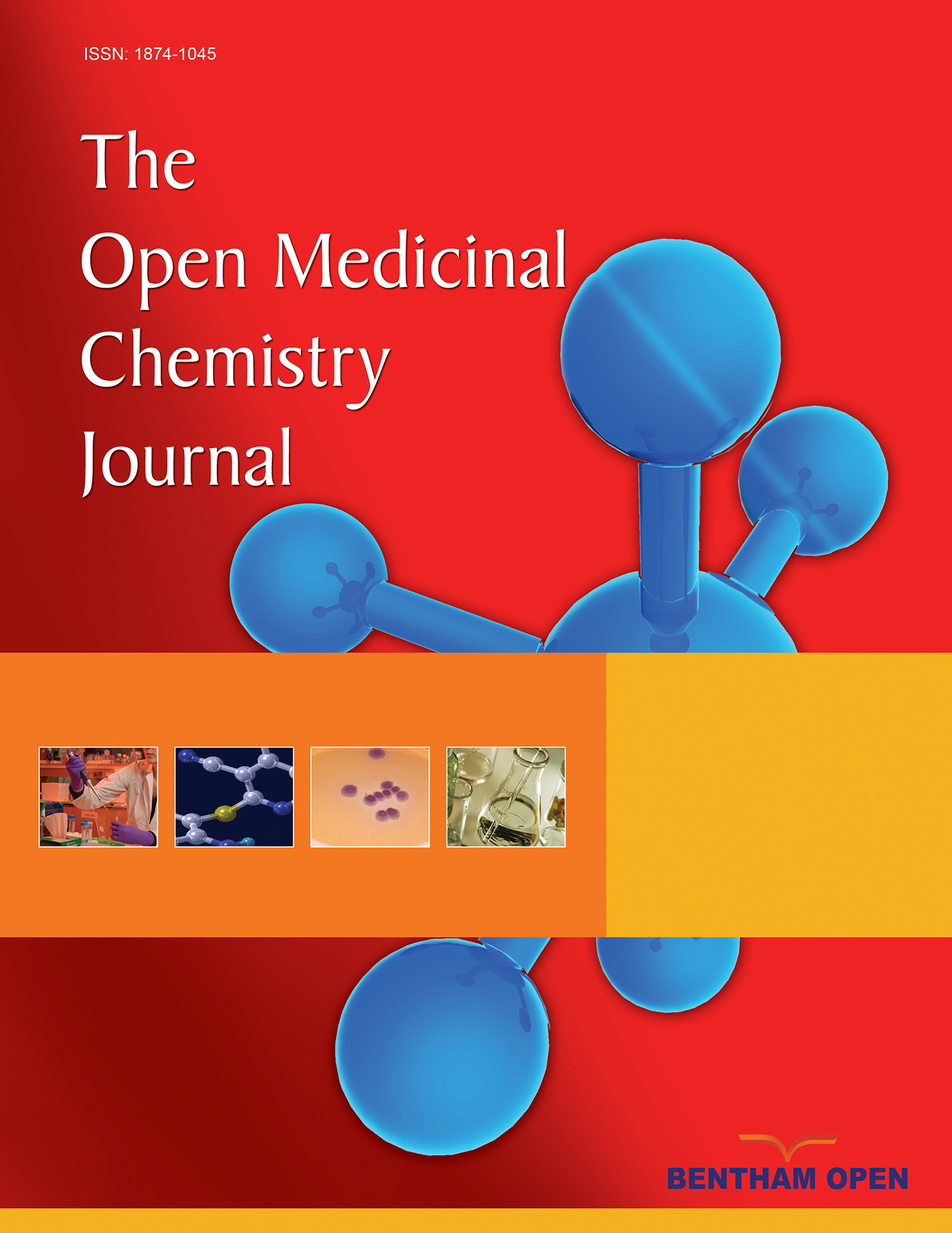All published articles of this journal are available on ScienceDirect.
The Therapeutic Potential of D-Amino Acid Oxidase (DAAO) Inhibitors
Abstract
D-amino acid oxidase (DAAO) is a flavoenzyme that degrades D-amino acids through the process of oxidative deamination. DAAO regulation of D-amino acid levels has been associated with several physiological processes ranging from hormone secretion to synaptic transmission and cognition. Recent genetic studies have identified a mutation on chromosome 13 in schizophrenia patients that encodes two gene products (G30 and G72) that are associated with DAAO. Furthermore, DAAO expression and enzyme activity has been reported to be increased in post mortem brain tissue samples from patients with schizophrenia compared to healthy controls. D-serine, a D-amino acid that is regulated by DAAO, is a potent, endogenous co-agonist of the N-methyl-D-aspartic acid (NMDA) receptor. Because NMDA receptor dysfunction is thought to be involved in the positive (psychotic), negative and cognitive symptoms in schizophrenia, there has been much interest in developing potent and selective DAAO inhibitors for the treatment of this disease. Several research reports have been published that describe the synthesis and biological effects of novel, selective, small molecule inhibitors of DAAO. Many of these compounds have been shown, when given systemically, to increase D-serine concentrations in the blood and brain. However, the efficacy of these compounds in behavioral assays that measure antipsychotic potential and pro-cognitive effects in laboratory animals has been inconsistent. This article highlights and reviews research advances for DAAO inhibitors published in peer reviewed journals.


